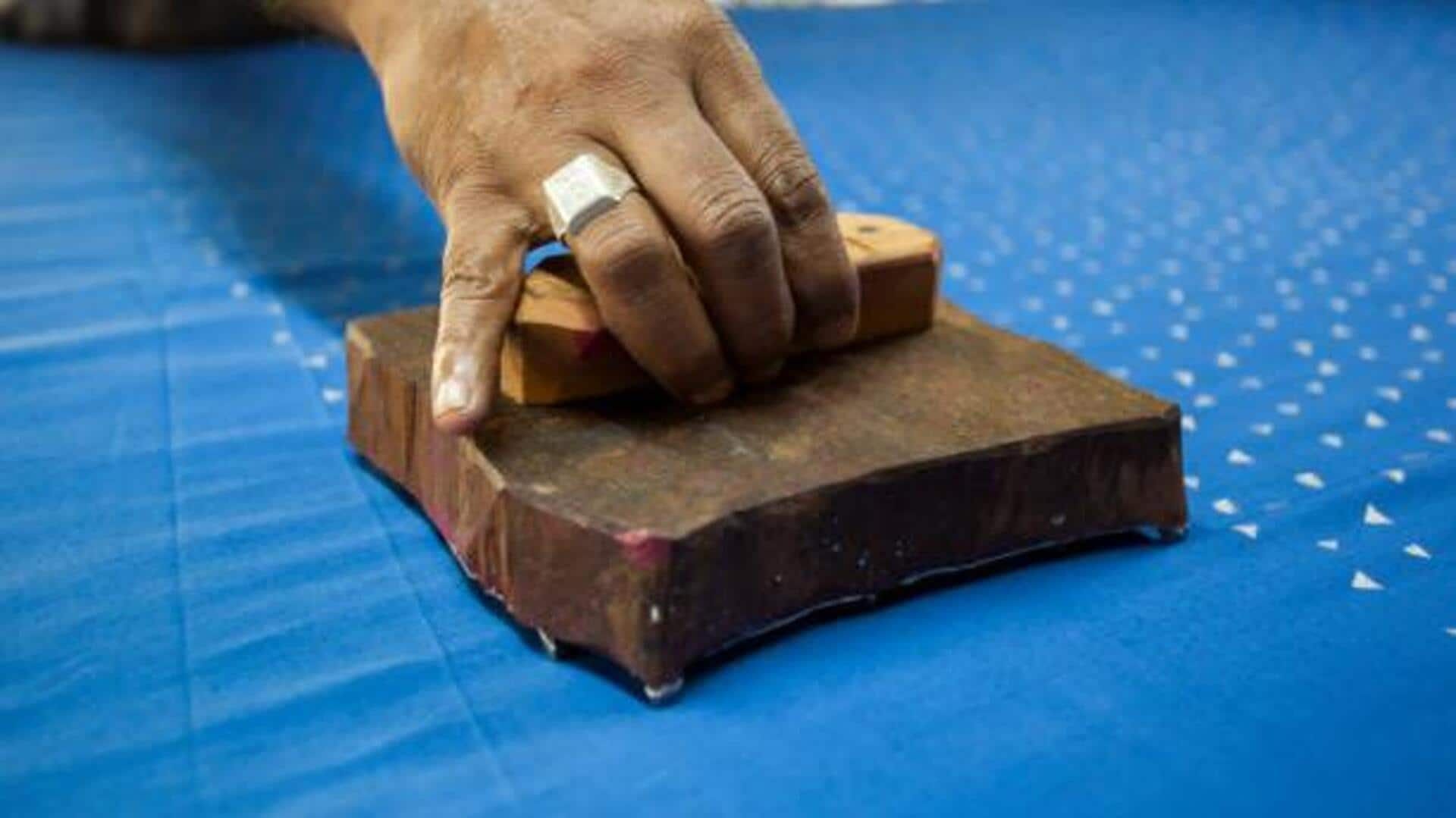
Exploring the art of fabric stamping
What's the story
African fabric stamping is a unique art that brings vibrant patterns and cultural significance to textiles. This technique involves using carved blocks to imprint designs on fabric, creating stunning visual effects. The process is not just about aesthetics but also about preserving cultural heritage through textile art. Exploring this craft can offer insights into traditional African artistry and its impact on modern fashion and design.
#1
Understanding traditional techniques
Traditional African fabric stamping employs wooden or rubber blocks carved with intricate designs. The artisans dip these blocks in dye and press them onto the fabric, leaving behind a clear imprint of the design. This technique has been passed down through generations, with each region having its own distinct patterns and motifs that reflect local culture and history.
#2
Materials needed for stamping
To start with African fabric stamping, you need a few basic materials: carved blocks, fabric (cotton or linen), fabric dye or paint, rollers or sponges for applying dye, and protective gloves. These materials are easily available at craft stores or online platforms. Choosing the right fabric is important as it absorbs dye well and holds the imprint clearly.
#3
Tips for perfect imprints
Achieving perfect imprints requires practice and patience. Ensure that your block is evenly coated with dye before pressing it onto the fabric to avoid smudges or incomplete patterns. Apply consistent pressure while stamping to ensure uniformity in the design transfer. Allow each section to dry completely before moving on to avoid smudging.
#4
Exploring modern applications
While traditional techniques remain popular, modern applications of African fabric stamping have expanded into contemporary fashion design, home decor items such as cushions or wall hangings, and accessories like bags or scarves. Designers often blend these traditional patterns with modern silhouettes, creating unique pieces that appeal globally while honoring their cultural roots.